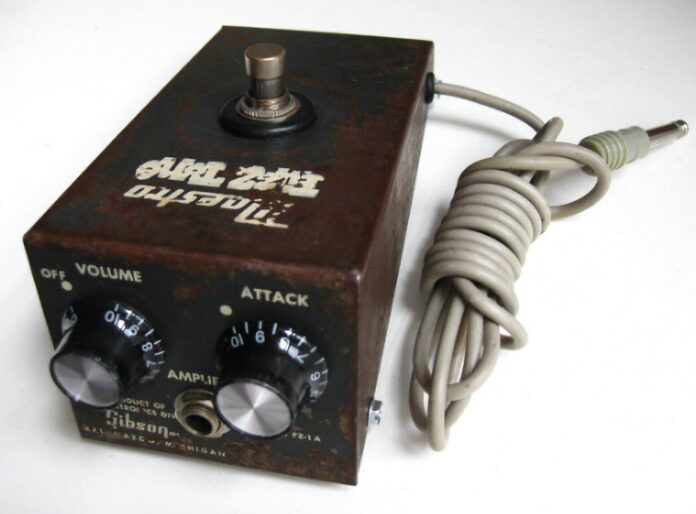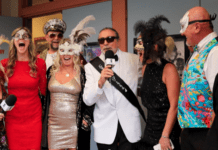Distortion is something to be avoided — in most applications. It’s viewed as a plague, a deal-breaker. But in rock music distortion is the signature, the benchmark and the highway to everlasting rock ’n’ roll glory.
As early as the 1940s players realized if they cranked up the volume of the amplifier, the increased signal would overload the vacuum tubes and begin to emit a sound that came to be known as overdrive.
A guitar player named Junior Barnard was one of its first practitioners. He lived a short life, but is still remembered as having recorded some of the first distorted guitar sounds. In the early ’50s artists like Howlin’ Wolf and Goree Carter recorded the first real fuzz tones in their raw blues style. In early 1951, Jackie Brenston and his Delta Cats released “Rocket 88,” regarded by some as the first rock ’n’ roll recording. Its now-iconic guitar tone was a result of packing the back of a damaged speaker cabinet with balls of newspaper. Throughout the 1950s a trend continued of guitar players damaging their equipment for the sake of sound. One such player was Link Ray. After stabbing his speaker with a pencil he recorded the song “Rumble” — a song (with no lyrics) that was banned because the word “rumble” is slang for gang fights and the piece’s harsh sound may have instigated gang violence. It was the first and only instrumental to be banned in the United States.
In 1964 Dave Davies, guitar player for the Kinks, slashed his speaker cone with a razor and created the legendary guitar tone for the song, “Girl, You Really Got Me Now.”
Needless to say, this period of destroying expensive sound equipment was short-lived. How could a 15-year-old boy in his garage possibly obtain the sound of the gods?
Along came the fuzz box.
Like so many great inventions, this one also came about through a mishap. In 1961 Grady Martin, bass player for Marty Robbins, played his bass through a mixing board with a bad connection. The sound was distorted, yet unique. A nerdy sound engineer named Glenn T. Snoti reverse engineered the circuit, put it in a box, called it the Maestro Fuzz Tone, and started a business. This was the first guitar pedal, and like many firsts, it wasn’t initially received well. But one person who did seem to enjoy it was a player named Keith Richards. He proceeded to use it to create one of the most iconic guitar riffs – maybe ever – in a song called “Satisfaction.”
After that the fuzz race was on. It would be nearly impossible and certainly of questionable reasoning to attempt to ascertain how many musical innovations these first few pioneers inspired. How many pieces of music in our collective zeitgeist were created as a result of these effects in creative hands? Try to imagine the first time we as a people (and our family members as individuals) experienced their first taste of distortion at the hands of Jimi Hendrix and his guitar through an Arbiter Fuzz Face pedal in the opening seconds of his band’s debut album “Are You Experienced.” Minds were blown.






















